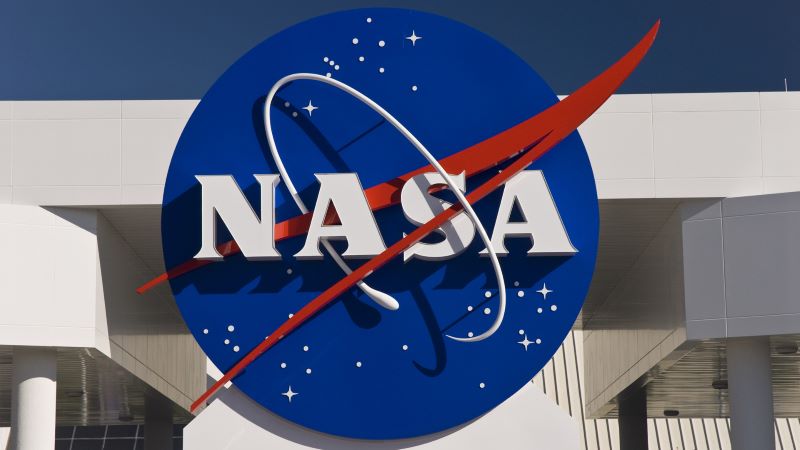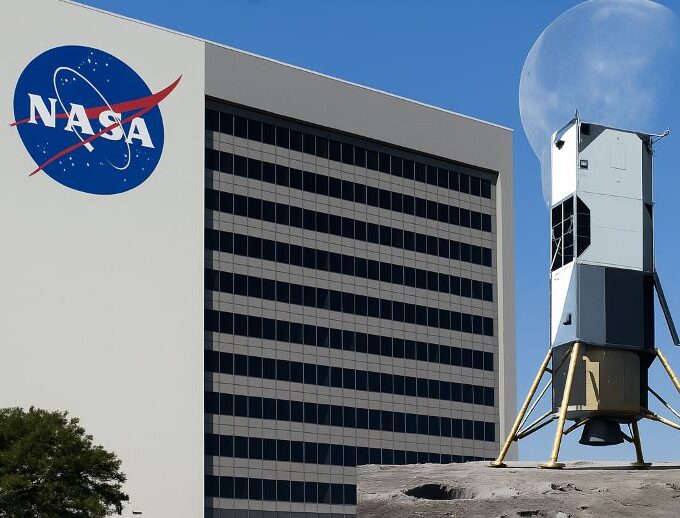Bill Nelson, the administrator of the National Aeronautics and Space Administration (NASA), announced that the manned lunar mission of Artemis 2, which was originally postponed to 2025, will face new delays. Nelson said at a press conference that the manned lunar mission of Artemis 2 will be postponed to April 2026, and the subsequent lunar mission will be postponed to 2027. Nelson said that this decision was made by NASA after inspecting the Orion manned spacecraft and its heat shield.
This is not the first time that the US Artemis program has been postponed. Since Trump proposed to return to the moon in 2019, the plan has been postponed. After restarting the Artemis program, NASA originally planned to implement a manned lunar mission in 2024, but now it seems that this plan has been postponed to 2026, mainly due to the lag in the development of the lunar lander.
What is The Artemis Program
In May 2020, Trump signed the United States Space Program Act and announced that the United States’ goal is to send astronauts back to the moon by 2024. NASA’s Artemis program is a program announced to send astronauts back to the moon. The core goal of the Artemis program is to achieve sustainable exploration of the moon so that humans can live and work on the moon for a long time. The program will also combine international partners to ensure close international cooperation to jointly explore and utilize lunar resources. The Artemis program also involves the development of new space technologies and infrastructure, including reusable space transportation vehicles, lunar habitats, and robotic systems on the lunar surface.
According to the plan, the Artemis 1 mission was tested in November 2019. This test was called the Orion mission and was the first important result of NASA’s progress in demonstrating its plan for the Artemis lunar mission. In January 2021, NASA released a series of new developments, announcing that they had reached an agreement with international partners that countries would work together to build a lunar “habitat” to ensure that astronauts can survive safely on the moon.
While everything was going according to plan, NASA announced a promotion plan for the Artemis program to complete a manned lunar landing by 2024. According to the plan, this mission will show the world the determination and ability of the United States to set foot on the moon again, and also show the importance of technological progress in other countries.

Continuously Postponed Plan
In early December 2021, NASA announced that the launch of the Artemis 1 mission would be postponed to February 2022. In November 2022, NASA announced that the launch of the Artemis 1 mission would be postponed to 2025. This mission will test the capabilities of the new Falcon Heavy rocket and the Crane manned spacecraft. After that, NASA will continue to advance the plan for Artemis 3. The Artemis 3 mission will be the first mission to send astronauts to the moon in 50 years of the US Apollo program.
The Artemis 3 mission, previously scheduled to launch in 2024, will be postponed to 2025 before the contract is approved. The design and construction of the lunar lander lags behind NASA’s expectations, which has forced NASA to re-examine the timing of the entire space program. NASA’s plan is that by 2025, the Artemis 3 mission will build on the success of the Artemis 2 mission. Artemis 2 will be the first human flight to the moon. The mission will test to ensure that Artemis 3’s lunar lander can safely deliver astronauts to the lunar surface.
However, unfortunately, the US lunar program is facing delays again. NASA pointed out in a report that the delay in the return to the moon plan is mainly attributed to the relatively lagging development progress of the Falcon Heavy rocket. For various reasons, the delivery time of this super rocket has been delayed by several months.
Due to delays in technological progress, the US plan to return to the moon is difficult to advance on time. NASA recently announced that the Artemis 2 manned lunar mission will be postponed from the end of 2024 to no earlier than September 2025, and the manned lunar landing Artemis 3 will be postponed from the end of 2025 to September 2026.
In addition, as a key component of the Artemis program, the Crane Hunting manned spacecraft also faces many challenges. Although NASA said that they are working closely with SpaceX, the company responsible for developing the Crane Hunting manned spacecraft, the complexity of the problem and the technical difficulty have slowed down progress. These factors have led to further delays in the Artemis program and raised doubts and concerns about the United States in the field of space exploration. Although NASA has tried its best to solve these problems, the timetable for returning to the moon is still full of uncertainty.

Problems with This Plan
Technical problems need to be solved urgently: The ultimate goal of the Artemis program is not just to send astronauts to the moon, explore a circle and come back, they have greater ambitions. By repeatedly extending the time astronauts stay on the moon, they can achieve settlement on the moon and eventually use the moon as a springboard to send humans to Mars. Based on this goal, the United States has planned six major parts for the moon landing plan: Space Launch System, Orion manned spacecraft, ground exploration system, manned flight system, lunar space station and Artemis base. First of all, the problems with the heat shield and batteries in the ejection system of the “Orion” manned spacecraft capsule need more time to investigate. Secondly, the Starship rocket purchased from SpaceX has exploded twice during the test flight. The Starship rocket needs to be refueled once during the process of reaching the moon. This technology has not been tested yet. In addition, there are technical difficulties in developing space suits required for long-term exploration on the moon and establishing a lunar base.
Funding issues cause controversy: If technical problems can eventually be overcome with the passage of time and technological progress, funding disputes may become the second obstacle to the US plan to return to the moon. Any high-tech project requires financial support, especially the return to the moon project. According to a document from NASA, according to the launch plan, the launch cost is expected to reach US$93 billion in 2025. This cost is only incurred when everything goes well. Once there are problems in the test flight or other links, the cost will spiral upward. Such a high cost naturally caused many controversies. In addition, the long operation cycle of the plan may make it difficult for all parties to coordinate for the sake of interests.
The United States is full of contradictions: For the United States, the plan to return to the moon is of great importance, but this is a grand plan involving the future, and the resolution of the current contradictions is even more important. The reason why the United States has repeatedly postponed the plan to land on the moon again is that it is not so urgent. In contrast, the United States has problems such as political polarization, social division, intensified racial conflicts, high inflation, and even the Russian-Ukrainian conflict and the Palestinian-Israeli conflict, which need to be resolved urgently. It is impossible to focus all energy on the project to return to the moon. In short, from the current situation, even if NASA postpones the plan, it is still unknown whether this important engineering can be implemented as scheduled.












